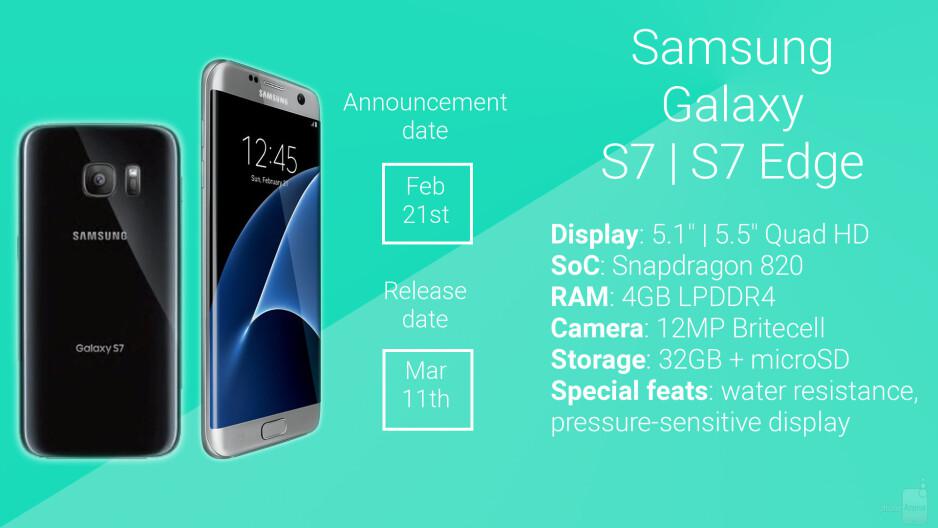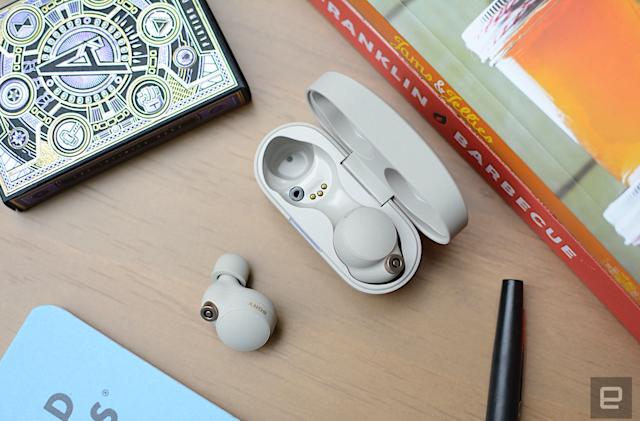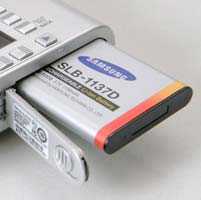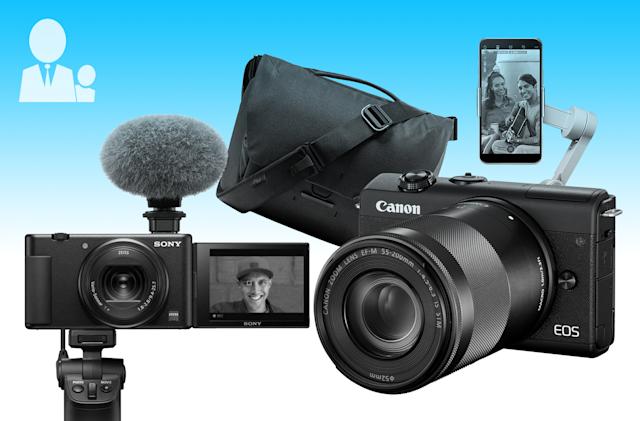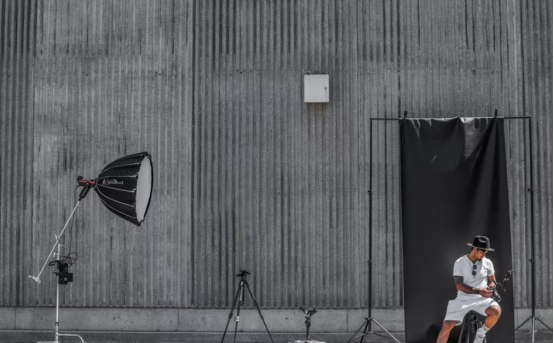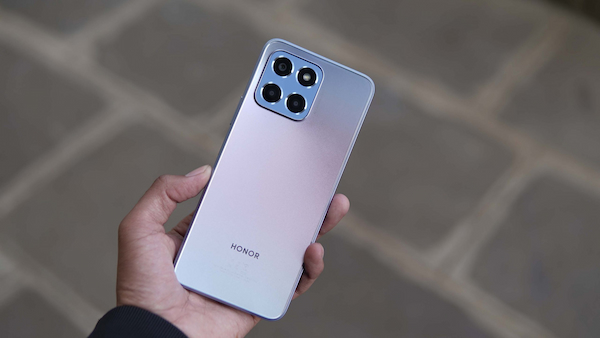Samsung 30mm f/2.0 Lens for NX Cameras
My very first experience ever of a 'pancake' lens was with a 45mm f2.8 Pentax lens back in the 70s or 80s. It was a first and a curiosity and not all that popular at that time. With time moving on, I have owned a Micro four Thirds system for some time and have a couple of pancake lenses for that. Small, light and compact, they can make the camera and lens a pocketable combination. I had recently added the NX20 and, although the pancake lenses probably better suit the 'compact style' cameras within the NX range rather more than they do the 'SLR-type' ones such as the NX20, the extra 1 1/2 stops of this lens over the kit zoom can help make the difference in poor lighting.I was able to very briefly test all three of Samsung's pancake lenses as a prelude to deciding which I would eventually purchase. I had considered the 30mm as a probability but I might want to add either the 16mm or 20mm, possibly at a later date. The test amounted to a few minutes with each in turn but only in the immediate vicinity of the shop concerned. I was able to gain a relative impression of each lens but the shots were rather boring and simply of buildings and not worth publishing here or elsewhere. I have since acquired the 30mm and have also ordered the 20mm, too.A pretty good performer all-round, with only five elements it is similar in optical design to the classic 60-70s standard lenses from the likes of Praktica (East German) and Zenith (Russian), which the younger photographers will probably never had known or used. The cameras were inexpensive but very capable for their price and often about one third or less the cost of the nearest Japanese alternatives. They mostly used 4 or 5 element lens designs (6 in the later Helios f/2) and, like this, were good performers but not quite matching the more advanced Japanese 6- or 7-element designs for ultimate performance.According to some independent reviews read, this lens is capable of outperforming the equivalent models from Panasonic and Olympus, all of which are quite good although the Panasonics have a slight edge on Olympus for optical performance. It is also said to beat hands-down a modern-designed 50mm standard lens of a certain brand (neither Nikon or Canon). That being said, this lens will very nearly match the better standard primes used with some APS-C and full-frame cameras. That is outstanding for so simple a design. Some independent reviews have rated this lens as 'outstanding' for its optical performance and consider it in amongst the top flight for its resolution at the centre. Edge performance is a little lower but improves when stopped down by a couple of stops and very nearly matches the centre. That is very good!The lens follows other Samsung lenses in appearance. The body is a strong black plastic material with the usual metal lens mount. The focus ring is rather thin and very far forward; there simply isn't the space available for anything else. The familiar blue band surrounds the body. Whilst there may be an argument for a metal body in certain larger and heavier designs, in a lens this compact it really isn't needed and there would be little to be gained. Wi
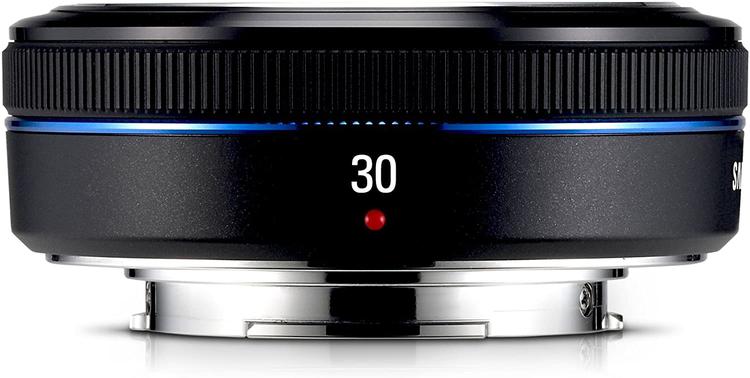
Latest: Mine Detection Robot and Related Technologies for Humanitarian Demining
Next: Samsung 30mm f/2 NX
